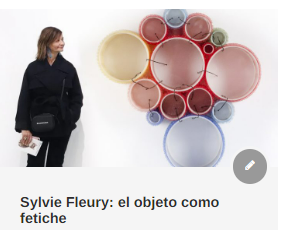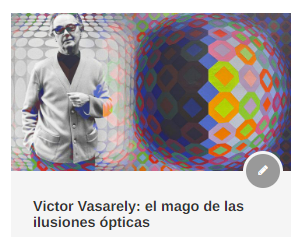Sol Lewitt: From Minimalism to Conceptual Art
Sol Lewitt, a fundamental representative of minimalism and one of the fathers of conceptual art, will be one of the stars of the next auction
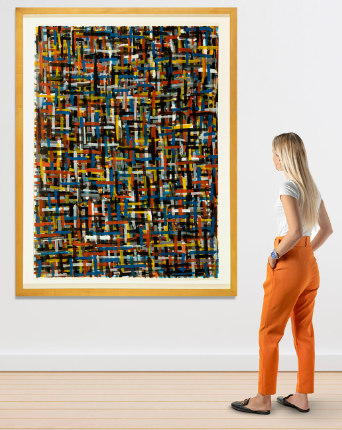
Sol Lewitt arrived in New York in 1953, a time when abstract expressionism was positioned as the artistic movement par excellence of American culture. However, and as a result of his early work as a graphic designer in collaboration with architects such as I.M. Pei, Lewitt felt that abstract expressionism had already exhausted all the creative possibilities it could offer, and that it had therefore become a corseted and obsolete movement.
It was in this context that Lewit came into contact with the new artistic currents that, like the minimalism of the 1960s, gave impetus to a new conception of art completely distanced from expressionist postulates. In this sense, the creative corpus of the American artist acquired an absolutely crucial role in the definition and expansion of the aesthetic principles that defined this artistic current, which, as its name suggests, was based on the extreme simplification of forms, the reduction of elements to the essential and the use of industrial materials, thus stripping the work of any emotional connotation.
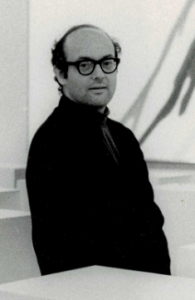
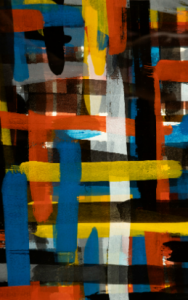
In fact, one of Lewitt’s most significant contributions to minimalist art was his use of basic geometry and simple shapes, such as lines, squares and cubes. These elements were systematically combined to create abstract compositions that explored the relationship between form, space and color.
This is the case of the monumental gouche in tender belonging to the series “Lines in all directions”. In it, Lewitt explores the repetition and chromatic variation of a simple line that, intertwining in different directions, results in a complex web, through which the artist urges us to reflect on the perception of the apparently simple.
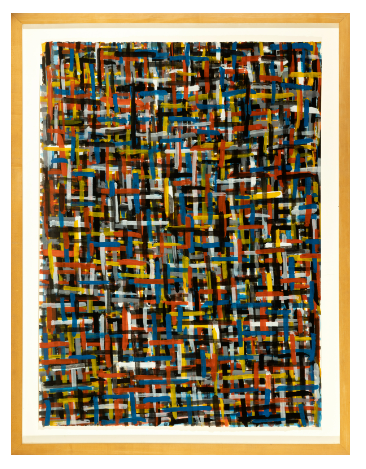
The work, which unlike others was entirely made by the artist himself, is ultimately the tangible manifestation of his thought, in which the ideas that precede the execution become the real work of art, thereby laying the foundations for the future development of conceptual art.
In this aspect, Lewitt’s approach to art as an intellectual and conceptual process in which the materialization of the work did not have to be carried out by its creator, challenged the traditional notion of authorship, questioning the idea of originality in art.

Defying the conventions of art, Sol Lewitt marked a before and after in the development of contemporary art, influencing subsequent generations of artists who still today continue to be inspired by the legacy of this creator who questioned our understanding of art and its meaning.

